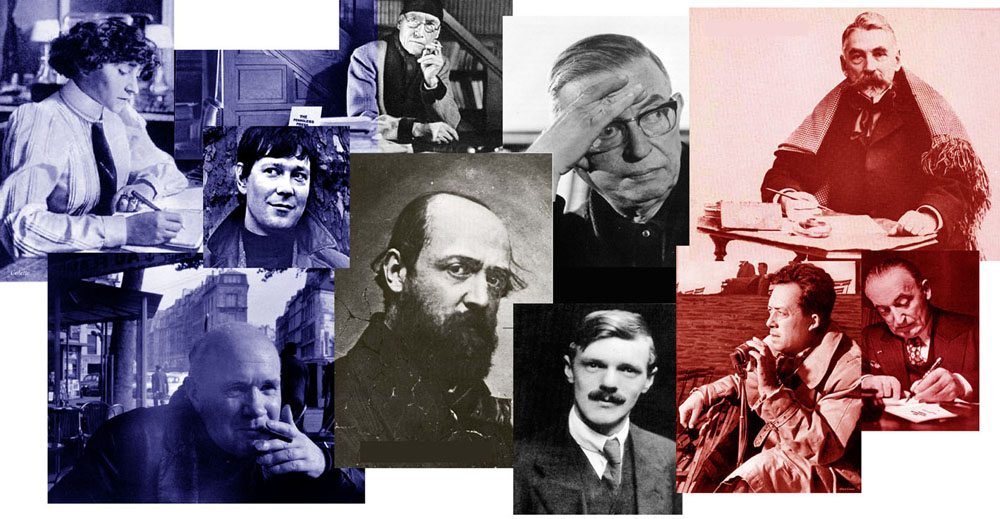We keep batting 1,000 on Six Days book reviews. This one from Geoff Wills of the esteemed Penniless Press.
SIX DAYS AT RONNIE SCOTT’S: BILLY COBHAM ON JAZZ FUSION AND THE ACT OF CREATION
by Brian Gruber
Reviewed by Geoff Wills
Billy Cobham is one of the all-time great drummers. Although he emerged in the mid-1960s playing in a straight-ahead jazz context with artists like Billy Taylor and Horace Silver, he began to make his mark in the field of jazz-rock from the late 1960s onwards with the band Dreams, on recordings by Miles Davis, and, specifically between 1971 and 1973, with British guitarist John McLaughlin’s seminal jazz-rock group Mahavishnu Orchestra. Fellow musicians were flabbergasted by his phenomenal technique and a unique style that utilized military precision, ambidexterity, jazz subtlety, rock and roll excitement, rhythm and blues feel and an ability to play odd time signatures, all on a very large two-bass drum percussion setup. Although Cobham has been interviewed for magazines many times over the years, Six Days at Ronnie Scott’s is the first book specifically devoted to his life and work.
The book’s author, Brian Gruber, is a prominent media marketing innovator and longstanding jazz and popular music aficionado, now based in Thailand. He first met Billy Cobham in 2010, and, as he explains, his book is not a biography but ‘an oral history exploring six decades of music.’
The background to the book is a six-day residency in June 2017 at Ronnie Scott’s jazz club in London, which Billy Cobham undertook with a 17-piece big band led by trumpeter and arranger Guy Barker, playing orchestrations of Cobham compositions. Gruber was at the club during the entire residency, interviewing not only Cobham but also band musicians, club officials, friends and family members. The book thus provides a kaleidoscopic view, a tapestry of interview material, covering Cobham’s life and work, and also the progress of an extended engagement by a world-class musician and orchestra in an internationally-renowned club as described by club owners, road managers, music critics and fans.
Cobham who was born in Panama in 1944, came to New York with his family three years later, growing up in Brooklyn in a community that included Barbadians, Trinidadians and Panamanians. His father, a statistician, was also a talented pianist and was an early influence. The house was full of music from AM radio, relaying the sounds of Count Basie, Duke Ellington, Dave Brubeck, Harry James, Frank Sinatra and Ella Fitzgerald. As a result of these influences Cobham began to play percussion while still a toddler, accompanied his father aged eight, and at sixteen got his first complete drum set when he went to the High School of Music and Art. After a spell in the army, playing in a military band, his professional career began.
Gruber is able to draw from Cobham insights into the darker side of the music business. For instance, Cobham describes how, in the mid-1970s, in a band he co-led with keyboard player George Duke, ‘I knew that I was working with a bunch of thugs.’ He is referring to Duke’s manager, ‘dominant, management by intimidation. [Frank] Zappa band manager Herb Cohen … you had a goon as management, some kind of gangster.’
In another anecdote, Cobham relates how, after being with Mahavishnu Orchestra for a few years, he noticed that another drummer, Narada Michael Walden, started to sit behind him at concerts. Soon after, he was told by management that he was no longer in the band. He believes that this was because he was not prepared to follow John McLaughlin’s religious direction. Thus, Cobham’s views of McLaughlin are not totally positive. ‘The only complimentary thing that John McLaughlin gave me was a picture of John Coltrane for Christmas … McLaughlin had no sense of time, always getting faster. Reach God as quickly as possible.’ The final straw with McLaughlin was in 1984 when, after having recorded an album with him, Cobham learned from an outside source that another drummer was in the band for the tour to promote the album.
Overall, though, Cobham’s career has been hugely successful. After leading his own groups he moved to Switzerland in the early 1980s and freelanced in Europe. As described by Gruber, the residency at Ronnie Scott’s epitomizes this success, made clear in interviews with band members like Steve Hamilton, Carl Orr, Mike Mondesir and Guy Barker. Phone interviews with eminent musicians and collaborators Randy Brecker, Jan Hammer and Ron Carter add further clarification.
Gruber adds tangential interest to his book by providing a history of Ronnie Scott’s club which includes an illuminating interview with club co-owner Michael Watt. Other fascinating sidebars pop up throughout the book.
Billy Cobham emerges from these pages as an exemplary creative personality, and as a dedicated, tireless and likeable professional. The book is highly recommended to anyone who has a serious interest in jazz-rock, the life of the musician, and popular music culture of the last fifty years.
To order, go here.

